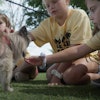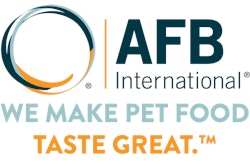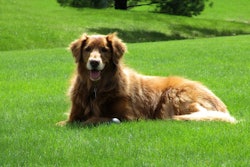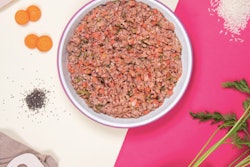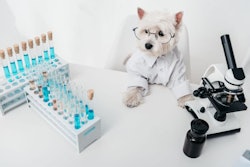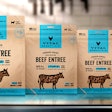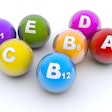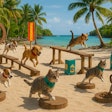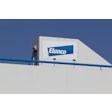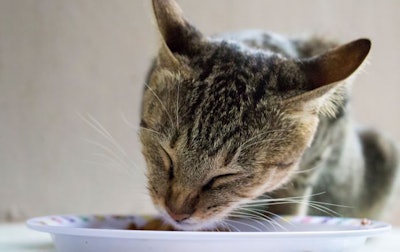
Measuring the enjoyment a cat experiences while eating food and treats isn’t as straightforward as measuring how much they consume overall, but it provides insights that pet food makers wouldn’t have otherwise. Cesar Garrasino, AFB International technical manager for Latin America, explained how observing cats’ behavior while feeding under controlled conditions can benefit pet food companies. He shared his in during his presentation at the Latin American Pet Food Congress (Congreso de la Industria de Pet Food en America Latina, CIPAL), Sept. 28 in Buenos Aires, Argentina.
Studying cats’ enjoyment of one food over another can help pet food manufacturers in three ways, beyond what can be learned from overall consumption. Most directly, it helps improve products. For example, two varieties of cat foods can be presented in a paired bowl tests to determine which of the two the cats seem to like eating more, even if they eat the same amount of both. Second, observing cats’ enjoyment provides a means to improve owner interaction with their pets. Especially for pet treats, owners’ interactions with their cats ultimately drives much of a person’s decision to buy a particular brand. The more the cats seem to enjoy their food and treats, the better. Third, although enjoyment can’t replace nutrition, measuring cats’ delight at dinner provides a means to interpret performance of a cat food or treat based on different criteria than digestibility and palatability.
Measuring cats’ enjoyment of their food
The most basic and obvious sign of a cat enjoying dinner is that she will keep her nose down to the bowl. The behavior is so like a human digging into a meal that pet owners easily recognize the cat’s pleasure, Garrasino said. When a cat has its nose in her bowl, it shows that she is focused. A high degree of focus and attention on their foods and treats doesn’t always correspond to high rates of consumption. Because of this observing a cat’s focus on their food can reveal aspects about that product beyond whether or not a cat will eat it. Along with displays of pleasure, cats can give signs that they are not enjoying their foods and treats, although they may still eat them. When a cat chews with the back of its mouth or with closed eyes, it may be a sign of problems with texture, density or other aspects of the product.
Making foods more difficult to get can also help determine which products a cat prefers, Garrasino said. Puzzle feeders make a cat work for the kibble or other cat products. Feeders that challenge cats provide evidence that a cat enjoys their food enough to make extra effort. These puzzle feeders help pet food formulators determine if the smell or the taste of the product is driving consumption.
These techniques and others for measuring a cat’s enjoyment of their food can help pet food formulators develop new products and improve existing ones.

